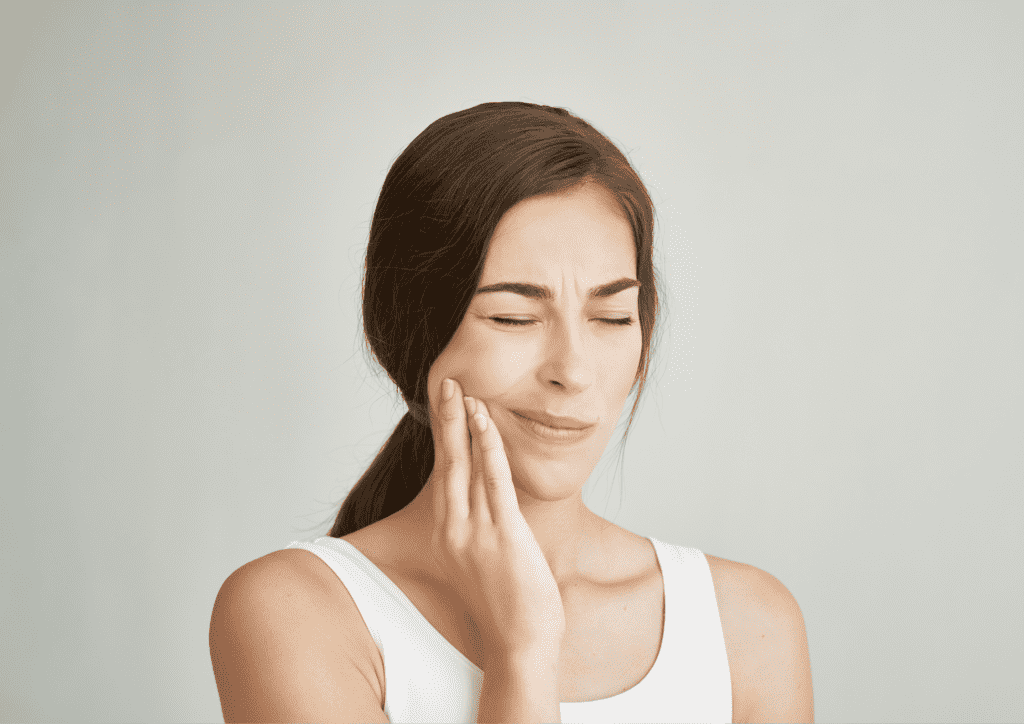Tooth extraction involves the removal of one or more teeth. Your dentist may recommend tooth extraction if you suffer from an impacted wisdom tooth or if you damage a tooth so badly that it can’t be saved. Sometimes, a tooth with a deep infection may be impossible to adequately treat.
Many patients worry about discomfort following tooth extractions, but the procedures generally relieve pain rather than cause it. Patients in need of a tooth extraction typically feel discomfort due to the deteriorated state of the tooth or the swelling of the gums around it. Once the injured tooth is removed, the pain will typically subside immediately.
If you have a dental concern and your dentist says you need to have a tooth extracted, you may be curious about what to expect. The procedure is routine, safe, effective, and without cause for concern. Here are some ways to ensure your dental extraction recovery is as quick and comfortable as possible.
1. Manage Your Pain
You will not feel any pain during the surgery, but you may feel some discomfort after the anaesthetic wears off. Your surgeon will advise you about painkillers; take them as prescribed. You may also find it beneficial to apply ice to the affected area to make your dental extraction recovery period as brief and comfortable as possible. Cold packs can assist in alleviating pain and inflammation.
Try to obtain as much rest as possible for the first 24 hours after surgery. Use pillows to raise your head when you sleep or lie down to decrease swelling. You can — and should — continue your normal dental hygiene routine, though you should take care when brushing and flossing your teeth and be gentle around the extraction area.
2. Stick to Soft Foods
You are likely to have discomfort when eating, so select soft meals that need minimal chewing. Soups and broths that are high in nutrients, as well as yogurt, smoothies, and puréed fruits and vegetables, are all excellent options.
As your dental extraction recovery continues, you can add more solid meals to your diet, although you should plan to consume soft or liquid foods for around one week after your treatment. You may want to resume your regular diet as soon as possible, but you must ease back into it gradually.
After a week or two, you will notice that side effects such as discomfort and swelling have reduced, and you will be able to eat your favourite foods again. Bear in mind that foods that are cold or lukewarm can reduce edema, which may bring some relief.
Over time, new gum tissue and bone will develop over the extraction site, and your mouth will begin to feel more natural. After an extraction, yogurt, applesauce, and smoothies are all suitable options for nourishment. Additionally, they are healthy.
3. Address Swelling With Ice at First
Swelling is your body’s normal response to trauma, and it is normal after tooth extraction. It may not become apparent until after your surgery. A simple tooth extraction will have minimal swelling. In contrast, a complex tooth extraction of impacted wisdom teeth or the removal of multiple teeth may result in more swelling.
The more your dentist has to work on the soft tissues in your mouth, the more trauma your body will experience. Because of this, it is fairly typical to experience some swelling around the mouth, cheeks, side of your face, and even your eyes. The swelling may persist for several days, and is a normal reaction to the surgery.
To reduce swelling and aid in your dental extraction recovery, apply an ice pack to the side of your face where you had the extraction. It should be noted that ice packs are only effective for about 24 hours, but this should be more than is needed.
4. Stay Hydrated
Throughout your dental extraction recovery, stay hydrated. Hydration is important for proper healing, so drink at least eight glasses of water per day. Under no circumstances should a straw be used. Staying hydrated is critical, but drinking through a straw is not a good idea as suction could disturb the wisdom tooth removal site, resulting in a painful condition known as dry socket.
5. Care for Your Mouth
The mouth and gum tissues are sensitive after wisdom teeth extraction. To avoid damaging the extraction site, avoid chewy, crunchy, or sticky foods. Maintain a clean mouth. To keep the tooth extraction site clean for the first few days after wisdom tooth removal, use a warm saltwater rinse. Swish gently and spit carefully to avoid dry socket.
Summary
The process of having a tooth extracted is no cause for concern or alarm, and neither is dental extraction recovery. Having a tooth extracted often brings considerable relief to the patient. If you have any questions about this procedure or would like to book an appointment to discuss your oral health, contact your dentist today.














